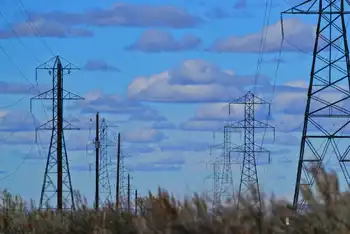Ontario steps up fight against toxic emissions
By Toronto Star
Protective Relay Training - Basic
Our customized live online or in‑person group training can be delivered to your staff at your location.

- Live Online
- 12 hours Instructor-led
- Group Training Available
A $41-million, four-year plan to reduce toxic emissions is meant to support the development of legislation and a toxics reduction strategy that will require companies to reduce emissions over time.
As part of the initiative, the government will work with Cancer Care Ontario and the Ontario Medical Association to identify, target and reduce the number of cancer-causing agents that are released into the environment.
The province is also allocating $10 million over four years to support initiatives related to banning the use of non-essential pesticides and $63 million to clean up PCB-contaminated soil – most of it in London.
"Ontarians want to enjoy a clean and safe environment, explore nature, breathe clean air and drink clean water," Finance Minister Dwight Duncan said in his budget report.
"An upgraded regulatory framework, introduction of waste-diversion programs and development of green technologies are key elements in addressing environmental challenges and building sustainable communities."
As part of the budget, the Ministry of the Environment will also get a 14-per-cent budget increase next year, some $12 million over four years to hire additional staff and another $17 million to modernize and upgrade its labs.
To promote energy conservation – a key component of Ontario's 20-year plan to reduce peak electricity demand by 20 per cent – the government is extending its Retail Sales Tax exemption on qualifying household appliances and light bulbs until the end of August 2009.
The reduction is expected to result in a tax savings of $37 million.
A position paper released by WWF-Canada called for a major investment in public transit, but the province allotted just half its infrastructure spending to the cause – all of it going to Hamilton and the Greater Toronto Area.
There's also nothing in the budget to suggest Ontario will diverge from its nuclear energy plan to improve and expand its reliance on the technology.
While the Ontario Green Party has advocated for more spending on "green" energy and technology initiatives as a means of reversing Ontario's economic downturn, the budget contains few such provisions.
The government will, however, spend $7.5 million to support research into chemicals and fuels made from agricultural products and $25 million on a centre of research and innovation in the bio-economy to be located in Thunder Bay.
The province will also provide $100 million to rehabilitate social housing units, in part, to make them more energy efficient.











